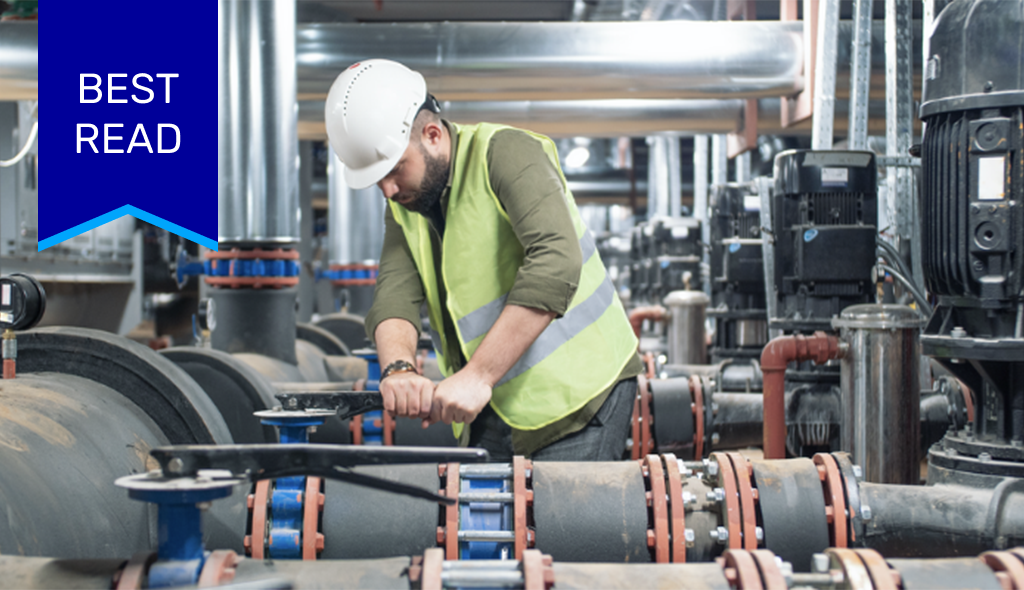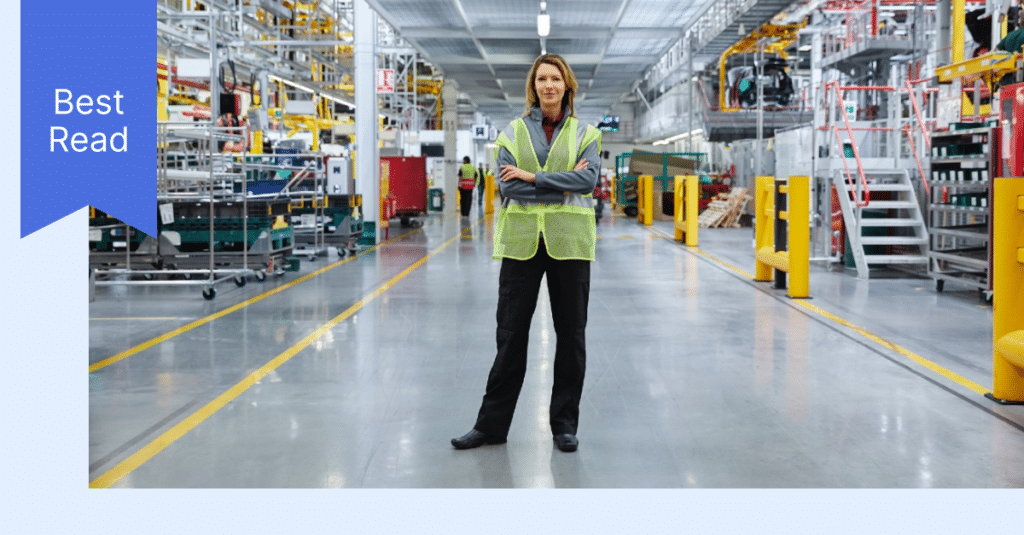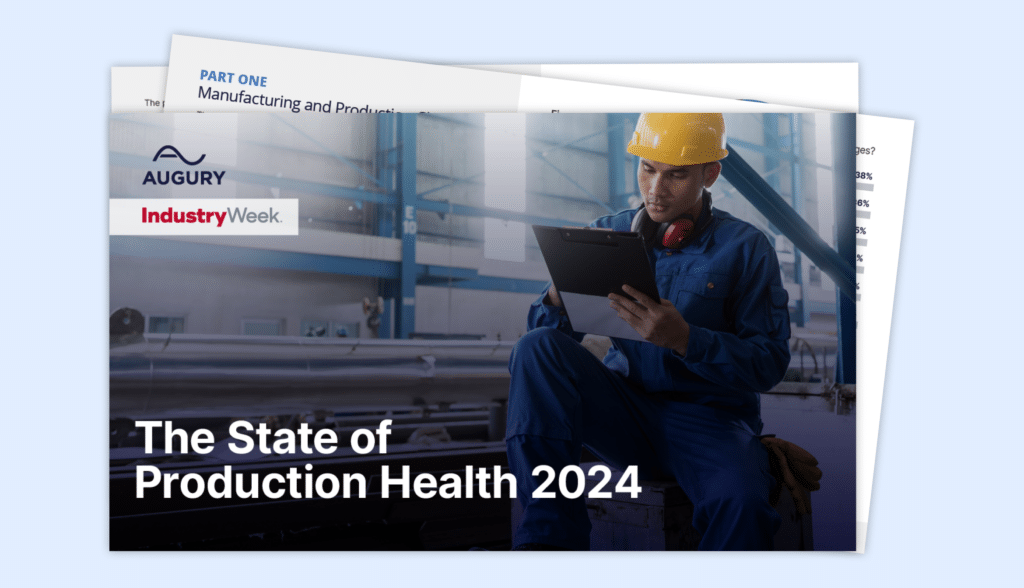
Machines have their own language. When operating, they’re constantly broadcasting signals of their status. To a large extent, machine health is about translating this language to understand where, when, why, and how a machine requires attention or intervention.
That’s where vibration analysis comes in. The source of a vibration, the direction (vertical, horizontal, or axial), and the vibration intensity can all indicate impending problems. For instance, if a shaft is supported by four bearings and one vibrates differently to the others, that bearing may be headed toward failure. If vibration analysts spot the problem in time, they can intervene early. If they don’t, however, preventable problems can turn into catastrophic failures.
Happily, today AI can do more of the heavy lifting while empowering vibration analysts to focus on higher-value work:
Taking Control of the Vibration Analysis Data
More vibration data translates into better insights about machine health. Unfortunately, the sheer volume and velocity of the data available creates a serious obstacle in vibration analysis. When analysts have vibration data coming from many sources on a constant basis, it becomes an overwhelming effort to understand what it all means.
In this circumstance, the amount of data manufacturers can analyze depends not on the actual amount available but rather on how much data analysts can handle. Much of the data goes uncollected, or unanalyzed, which means important insights go unnoticed.
How can analysts cover more data to gain better insights into machine health? Artificial intelligence in manufacturing is one possible solution.
To learn more about how Augury’s machine health
solutions can boost your business, get in touch today.
AI Optimizes the Work of Vibration Analysts
AI and machine learning technologies excel at carrying out routine, repetitive tasks at high speeds on a massive scale. For the purposes of vibration analysis, the tools could instantly examine each piece of vibration data and identify whether it’s irrelevant (as much of it is) or an anomaly that requires analysts’ attention.
Such technologies can also handle the diversity of machinery present within manufacturing facilities and across facilities. Instead of being programmed to know what anomalous vibrations look like on every piece of machinery, AI can learn that information by studying the standard vibrations.
Once it understands what the machine should be doing, it can easily identify when a vibration deviates from the norm. This makes AI widely applicable in diverse industrial settings and a perfect fit for vibration analysis.
3 High-Value Tasks Vibration Analysts Can Focus on With AI
AI isn’t a replacement for human vibration analysts, and we shouldn’t expect it to become one. Vibration analysis is nuanced work, and missing a problem can have serious deep consequences. Therefore, human analysts should always have the final judgment call about when or why to shut down a machine.
Armed with AI, however, analysts can make those calls at exactly the right time and with a higher level of accuracy and precision. When they can spend less time collecting and analyzing data, they can also take on more high-value responsibilities in the following ways:
1) Become Action-Oriented
With AI spotting warning signs in the vibration data, analysts can focus their time and attention on developing action plans to respond to those warning signs. They can determine who needs to be involved, how extensive the fix needs to be, the optimal time to schedule repairs, and other important factors. Then, they can present fully formed plans to decision makers who will be more inclined to take swift, decisive action thanks to the depth of the plan. Much gets lost in the gap between analysis and repair. With AI, analysts can bridge that gap and have a meaningful impact on machine health.
2) Transform The Culture
AI-driven vibration analysis represents a fundamental shift away from reactive maintenance and toward predictive and prescriptive maintenance. Responding to issues before they have consequences is an obvious advantage, but it takes some adjustment. Every aspect of maintenance and management needs to adapt by embracing AI and learning how to use it to the fullest. Vibration analysts will need to lead this change and transform the culture around maintenance, which they can do with all the time that AI saves them.
3) Monitor Far and Wide
With AI in the mix, there’s no excuse not to collect vibration data from as many machines as possible. Cost, workload, expertise, and training aren’t limiting factors anymore. AI-driven vibration analysis breaks down huge barriers to effective machine health maintenance because everything gets monitored, not just the machines deemed most important.
Imagine if there was advance warning of every developing machine health issue, a detailed action plan, and a facility-wide commitment to addressing it as quickly and completely as possible. Downtime would become extremely rare. AI-driven vibration analysis makes that vision possible.
How much can Augury save you? Crunch the numbers with our value calculator and discover how much time and money you can save with our proven approach to machine health.




